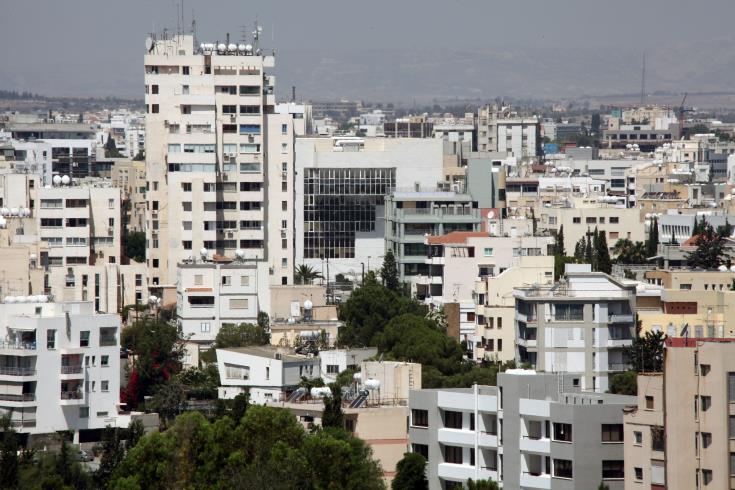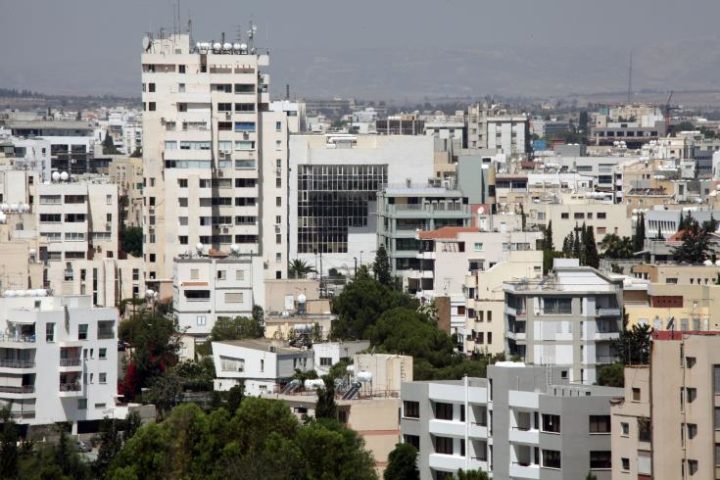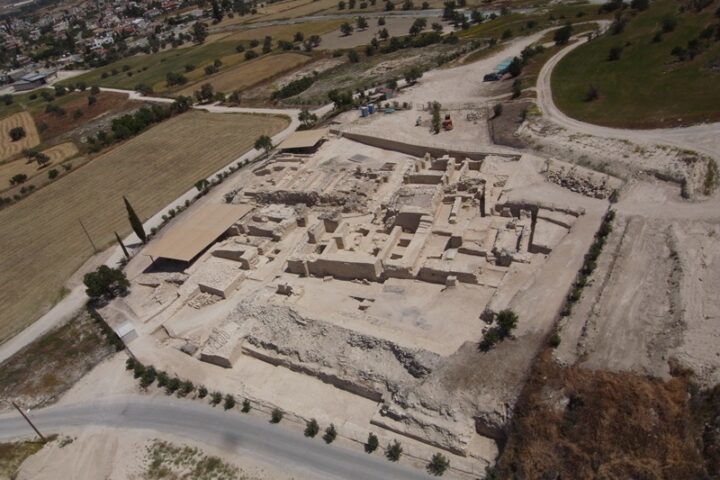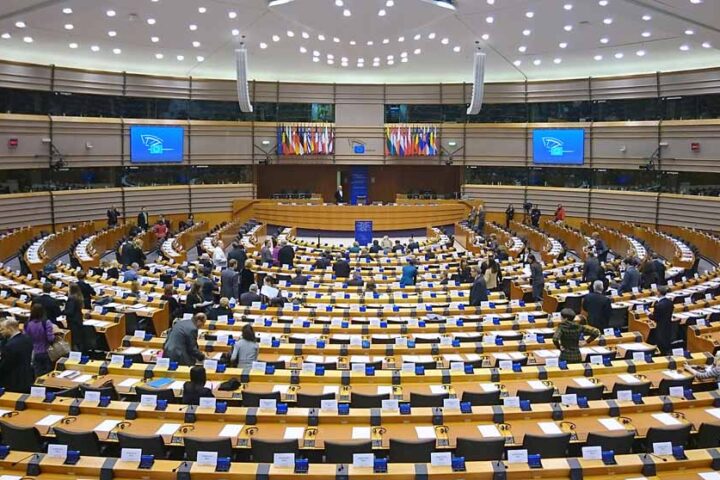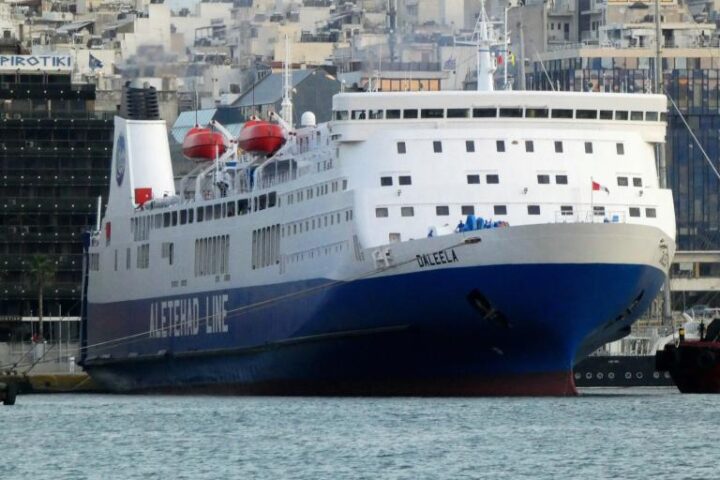Nicosia is looking forward to a bumper 2021 as the capital expects its fair share of new development and infrastructure projects that will see it undergo its biggest makeover in recent history.
With authorities and investors turning their focus to the city centre, the capital’s suburbs are also in for an upgrade that will see property prices climb.
“Currently the old town and the commercial centre are the focus of attention. Several commercial development projects are close to completion, and others in the pipeline, are poised to boost the attractiveness of the capital,” said Antonis Loizou, a seasoned property expert.
He argued that projects like Eleftheria Square and the general makeover of the city centre would attract people back to live and shops to open.
“The restructuring of Costakis Pantelides/Rigenis streets, the Makarios/ Evagorou/ Stassikratous triangle, as well as pending renovation of the old Holiday Inn, the City Hotel, and several boutique hotels, bring new hope in the viability of the old quarter,” said Loizou.
Moreover, the recent completion of the new Town Hall building, the Stoa project, and the Old Market (to become a centre for innovative business) will add to people returning to live there.
“The recent decision to convert the historical school of Phaneromeni into an architecture school of the University of Cyprus has brought a lot of hope for Nicosia’s revitalisation within the walls.”
The school’s location will bring increased numbers of young students [250] within the walled city; developers are already considering creating student halls to accommodate the expected demand.
“Old Nicosia has great potential for improvement; it can become an attraction for local and foreign visitors since it hosts several small museums, attractive restaurants/cafes,” said Loizou.
These projects will bring about increased traffic, the need for parking spaces, public transport, and infrastructure work to facilitate access to the centre.
These projects are set to push property prices in the centre and nearby areas up.
Traffic gridlock
“Meanwhile, infrastructure projects put forward by the state, such as the Nicosia ring road, will alleviate traffic conjunctions on roads leading to and from the centre,” said Loizou.
The orbital road will offer Nicosia’s suburbs and surrounding villages easy access to the centre and highways leading to the coast.
“This would push prices of residential properties in areas like Tseri, Lakatamia up, as with easy and quick access to the centre and motorways, these areas will become more attractive to people looking for a home.”
Loizou argued quicker access to highways and the centre would encourage people to remain in their villages and new couples to consider settling in rural areas.
“The property map of the capital will be going through a drastic change over the coming decade.”
As confirmed by a Transport Ministry source, the first phase of the Nicosia orbital motorway, part of the plan to decongest traffic in the gridlocked capital, is to be completed by mid-2023 at the cost of about €74 mln.
Angelos Constantinou of BNP Paribas/ Danos Real Estate’s research department told the Financial Mirror that the Nicosia ring road would alter the capital’s entire property map, upgrading areas south of the capital Lakatamia and Tseri.
“Those areas will become especially privileged as easy access to highways both for coastal areas and the Troodos mountains will increase demand for residential, and also commercial properties.”
Constantinou argued that Lakatamia commercial centre near the Alpha Mega and Lidl supermarkets would significantly increase in value.
He added that companies would also be on the lookout for land to facilitate their warehouses as easy access to highways also means faster access to ports.
Areas further from the capital, on the A9 and the Nicosia-Palaichori road connecting to the Nicosia ring road, will benefit as the time needed to reach the city centre will be more than halved.
“Furthermore, the ring road will facilitate access to malls and an outlet village to be built on the way to Kokkinotrimithia, making way for further development in the area.”
Due to increased inbound traffic during the morning rush hour and the weekend returns from holiday resorts, the motorway section (Nicosia-Limassol) between the entrance of Nicosia and the intersection with the A2 motorway (Nicosia-Larnaca) was upgraded in 2012 to a 6-lane stretch.
Phase A1 of the new project includes a 7.5 km-long stretch that will link the existing A1 motorway with the industrial area of Dali and Tseriou Avenue via the Lakatamia industrial area.
It also includes 10 km of connecting roads and three raised intersections to facilitate access to the existing road network.
Upon completion of all phases, the ‘orbital motorway’ will connect the main highways of Nicosia-Limassol (A1), Nicosia-Kokkinotrimithia (A9) and the proposed Nicosia-Palaichori motorway.
It will act as a ring road, contributing to the substantial decongestion of the capital’s main roads.
The entire project over the next decade will cost some €350 mln.
The Transport Ministry secured co-financing of €43.8 mln through the EU’s “Connecting Europe Facility, ” which mainly funds infrastructure, transport, and energy projects.
Financial Mirror, real estate sources, said the much-expected redevelopment of ex-Hilton Hotel (Landmark) with apartment buildings and offices would also upgrade the already uptown area.
“The project includes the construction of two towers and other infrastructure. This will bring about more development in the area, with prices going through the roof,” said the source.
The source said that another Nicosia location ripe for development is the area near the European University, of which a big chunk currently belongs to the Kykkos Bishopric.
“Currently, the Kykkos Bishopric is in the process of separating plots of land for residential and commercial development.”

